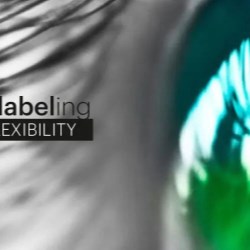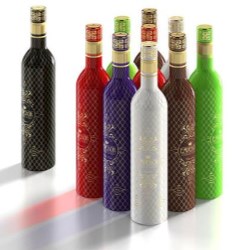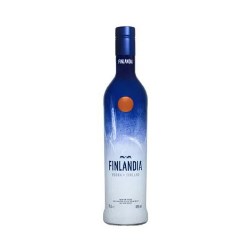Public
CCL Label Blog/Forum
CCL Label Documents
CCL Label Gallery
CCL Label Locations
CCL Label News
CCL Label Videos
If this is your company, CONTACT US to activate Packbase™ software to build your portal.
- Equalize air pressure in flexible packaging for more efficient production and transit, stable pallet stacks, shelf appeal and more with CCL's Flexis® valve label.
- What is CCL's Flexis® valve label?
- Pressure sensitive label/valve for flexible packaging
- Equalizes air pressure for stable pallet stacks and shelf appearance
- Protects package contents from water, humidity, dirt, dust etc.
- Applications
- Fertilizer / Grass Seed
- Dry Chemicals
- Inorganics
- Specialty Powders
- Packaged Grains
- Animal Feed
- Feed Supplements
- Pet Food
- Rock Salt
- What are the benefits?
- Two-way Air Flow
- Improves filling efficiency
- Eliminates “bloated” or “brick” packages
- Reinflates the package for consistent on-shelf appearance
- Reduces storage space (improves pallet stacking and stability
- Mite Resistant
- Pore size < 20 microns
- Suitable for dog food, animal feed, rice, etc
- Low Profile
- Roll stock can be preapplied with valves
- No brand owner capital investment required
- Customizable
- Printable with customized brand graphics
- Size and shape can be modified
- Compatibility with most films
- Base packaging structure does not need to change, which allows the packager to continue running the film structure that works best on the packaging machinery
- Standard label Applicators
- Valve is easy to apply and install for either the packager or converter
- No additional investment in application equipment
- FDA approved materials
- Complies with FDA food packaging regulations for direct and indirect food contact
- Aggressive adhesive
- Permanent adhesive creates a strong bond between the valve and packaging material
- Endorsement
- "When a pallet of pet food bags collapses during our automated palletization process, our production lines shutdown for up to 2 1/2 hours which is a significant downtime issue. Due to the high gloss bag surface and low COF, this is an ongoing issue for us.”
- "The new Flexis® Air Valves provide us with more consistent air expulsion which delivers a more stable pallet stack every time preventing these production stoppages."
- "Mite infestation is a real issue in the warmer months in ANZ and in particular throughout Asia where the climate is more humid year round. The Air Valve eliminates the risk of mite infestation providing our customers with the this added product quality assurance.”
- Major Pet Food Company
According to OSHA, changes to the HCS (Hazard Communication Standard), which has been revised to align with the GHS), will affect over 43 million workers in over 5 million workplaces. The chemical management experts at MSDS Online break down some of the important changes, costs and deadlines below.
The biggest changes center on:
- Hazard Classification
- Labels
- Safety Data Sheets
- Training
The greatest costs to businesses will be around:
- Reclassifying of Chemicals
- Re-authoring of Safety Data Sheets
- Training of Workers on New Hazards and Formats
- Color Printing of Labels
In all, OSHA expects annualized costs (spread out over 4 years) to be over $200 million. Annualized savings are estimated to be between $700 and $800 million, for a new savings of $500 million annually. Additionally, OSHA expects the revised standard will prevent 43 fatalities and 585 injuries annually, which is calculated at 1% of the expected outcomes from the 1983 promulgation of the HCS.
There are 4 key compliance dates related to OSHA's adoption of GHS:
December 1, 2013
Employers must train employees on how to read GHS formatted labels and safety data sheets.
June 1, 2015
Chemical manufacturers and distributors must complete hazard reclassification and produce GHS styled labels and safety data sheets. Distributors get an additional 6 months to complete shipments of old inventory.
December 1, 2015
Distributors must comply fully with HCS requirements. (Grace period for shipments of old inventory ends.)
June 1, 2016
Employers must be in full compliance with revised HCS, including complete training of employees on new hazards and/or revisions to workplace hazard communication program.
CCL Understands Change.
After GHS compliance revisions have been made, contact CCL to evaluate your label and ease you through any color, construction or page count changes that might be required. We are experts in fitting more information into less space with our expanded content labels. Now may be the perfect time to give your labels an overhaul. We'd be glad to help!
How Can CCL Help?
Short run, UV protected shipping decals
Color printing added to your labels for GHS compliance
Printable lamination for lot numbers & other variable data
Evaluation of your booklet label construction to accommodate new GHS changes. (Need to add more pages, a cover-up label or an opening feature? Let our experts help advise you).
- VISIBLE COPY - There’s a lot more copy you want to include on your product but you’ve run out of space. Don’t have cluttered or hard-to-read copy, put it in a booklet.
- BETTER INSTRUCTIONS - Provide more thorough product instructions to your customers. They will thank you.
- EXPAND MAIN GRAPHICS - Expand your product’s graphics by moving some of the “less interesting” copy away from the “prime real estate” area.
- MULTILINGUAL - Reach a global audience. Include several languages on your product.
- PROMOTIONS & PRODUCT SAMPLES - Deliver unique promotions, coupons, or product samples to your customers.
- REGULATORY INFORMATION - Regulatory, legal, and/or government required copy have overrun your label. Put it in a more inconspicuous place and let your label graphics shine.
- CROSS-PROMOTIONS - Use your most popular product to introduce a new product or cross-promote an existing, less popular product.
- FRESH CONTENT - Stand out from the competition without having to change your product.
- WEB INTERACTION - Incorporate your printed labels with your web marketing strategy. Printed pieces that interact with your website or online games are a great way to drive web traffic.
- REDUCE PACKAGING - “Go green” by reducing your packaging. Save money in the process.

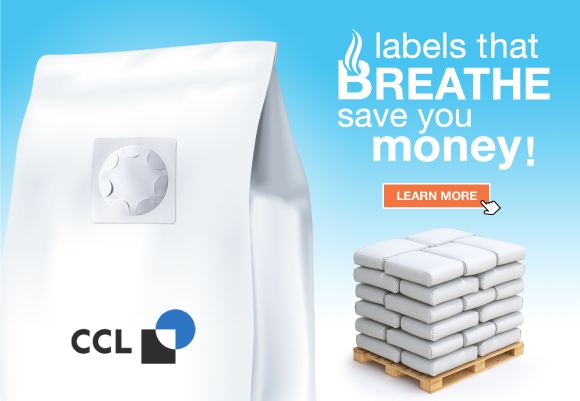

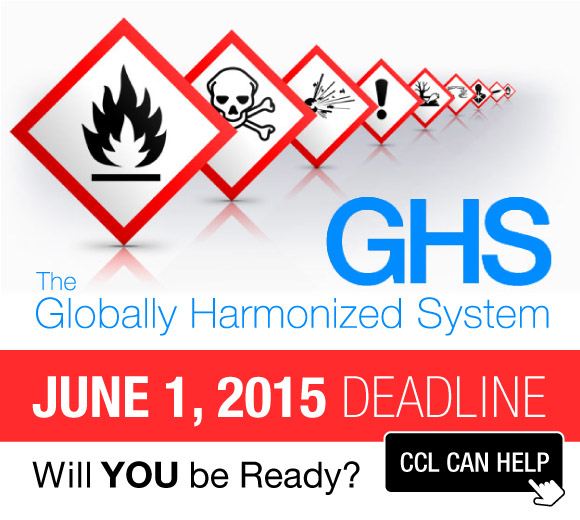
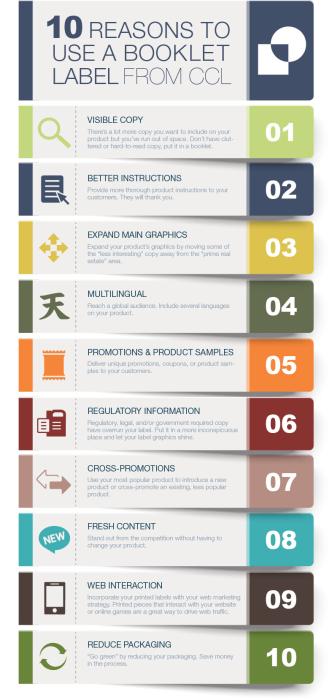

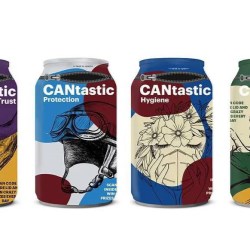
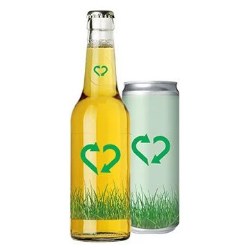


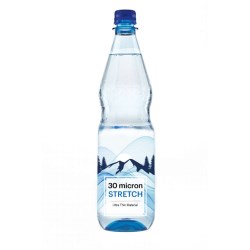

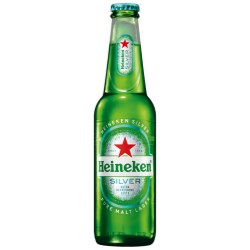
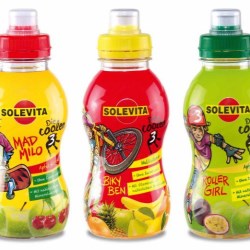
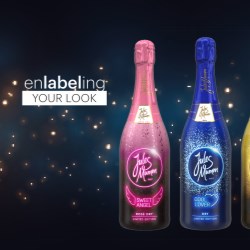
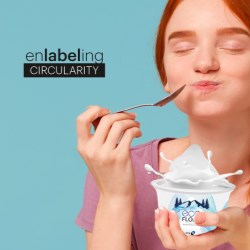
.jpg)
